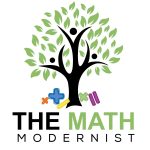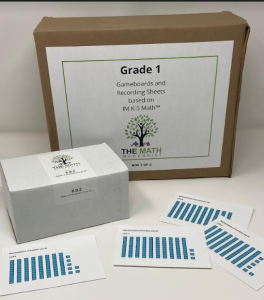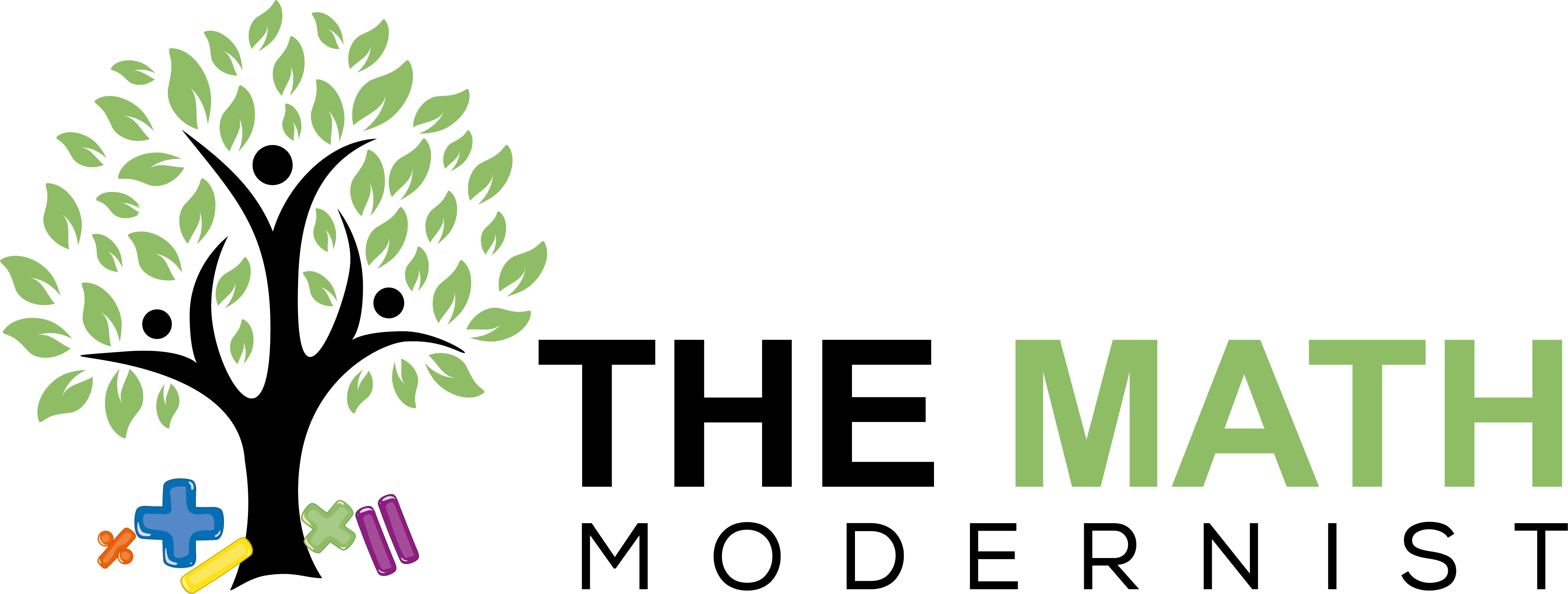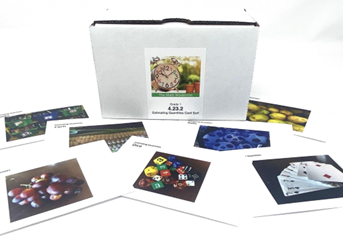
Like most things in education, curriculum adoptions are never simple. The complexities of funding, administrator and teacher experience, instructional leader bandwidth, and student needs create a whirlpool into which the new curriculum is launched. When you add to that efforts to shift instructional mindsets and pedagogy to meet the demands of an ever-evolving student population, it is no wonder that teachers balk at the notion of changing what they are doing. The phrase “building the plane while flying it” rolls off the tongue of teachers everywhere and well-meaning administrators find themselves in the muck.
How can we as educators make our approach to pedagogical shifts planful and systematic, so that the typical curricular adoption landmines can be avoided? What can be done to ensure that teachers get their oxygen masks on before being expected to give it to others? In this blog, we will explore this idea through the growing adoption of IM K-5 Math™ authored by Illustrative Mathematics®, a curriculum that challenges the status quo of traditional mathematics education, and explain how The Math Modernist is looking to change how teachers work.
What is IM Certified® Math?
IM Certified Math authored by is a problem-based K-12 math curriculum. In it, teachers present a series of coherent tasks to students and create a supportive classroom space in which students work collaboratively to unpack and wrestle with each task. At the end of each activity, the teacher supports students through rich questioning to synthesize the learning. Then again, at the end of the lesson, students are again given the opportunity to synthesize the collection of activities from the day’s lesson to deepen their understanding of the learning goal.
In short, the lessons are the opposite of the traditional I-We-You, explicit teaching, where the teacher is the knower, the students are the empty vessel, and the goal is for students to mimic the teacher.
In the K-5 units, students also learn through the use of center games, where they get to practice their fact fluency and to deepen conceptual understanding.
What are the challenges for schools adopting IM Certified Math?
The first challenge is rooted in the long history of mathematics instruction in our country, where students leave their formative years labeling themselves as “a math person” or “not a math person.” Mathematics has long been dependent on a student’s ability to memorize or follow procedures. For many students, this hasn’t worked. Now, with the availability of technology, students need problem-solving and collaboration skills and the ability to revise their thinking more than ever, and not traditional mathematical teaching methods. Illustrative Mathematics’
curriculum is revolutionizing how we teach math, and its design is based on the belief that all students are math people. So, shifting the mindsets of traditional teachers is a challenge, and it must be prioritized.
Another challenge, one that is seemingly the most talked about on social media, is the amount of physical preparation required to implement IM K-12 Math. Anytime that a curriculum is being adopted, the decision-makers should be expected to look through the lens of a teacher. Ultimately, how that teacher views the work will directly impact how students experience the curriculum. In this particular case, with IM K-12 Math, teachers are typically given the slide decks that support the lesson activities and workbooks for their students. Hidden in the blackline masters, though, are thousands of minutes of prep for the teacher. Without the time to do it, teachers sometimes have to be selective in what they choose to prep, which means a great reduction in the quality and richness of the experience of students. Now, imagine that those blackline masters are almost entirely ready-to-use for teachers.
Creating Space for Teachers to Shift Instruction
At The Math Modernist, we take teacher time very seriously, and we believe that the secret to curriculum adoption is giving teachers space to shift their mindset and to consider the value of what they are doing for their students. Our kits based on IM K-5 Math™ greatly reduce the amount of preparation required for teachers.
The most popular products, the Card Deck and Game Board Bundles based on IM K-5 Math™, provide teachers with all of the card sorts that they would need to cut for a class of 24. They also include enough game boards and card decks for up to 10 students to play any center stage at a time. Teachers no longer have to look for card stock in the school supply closet or, worse, spend their own money to buy it. Our materials are printed on high quality card stock and in color. The cards come pre-cut, so teachers save hundreds of hours by never having to pick up a pair of scissors or slowly work with their paper cutter to cut small stacks of pages at a time. At The Math Modernist, our goal is to make sure that teachers are focusing on what matters, the instructional shift and their students.



